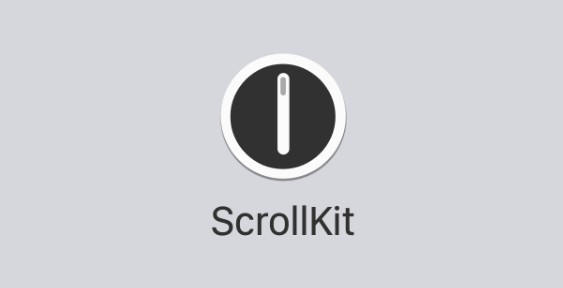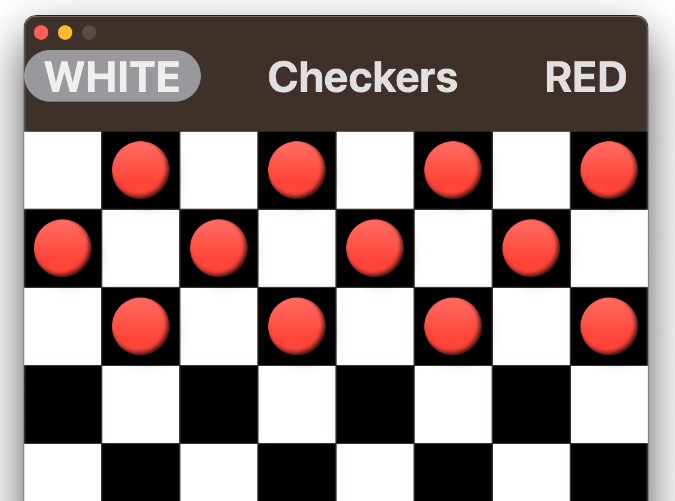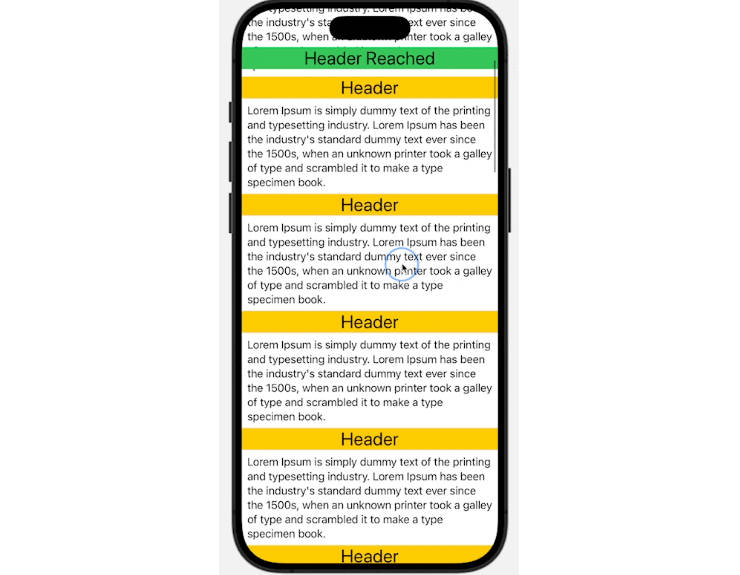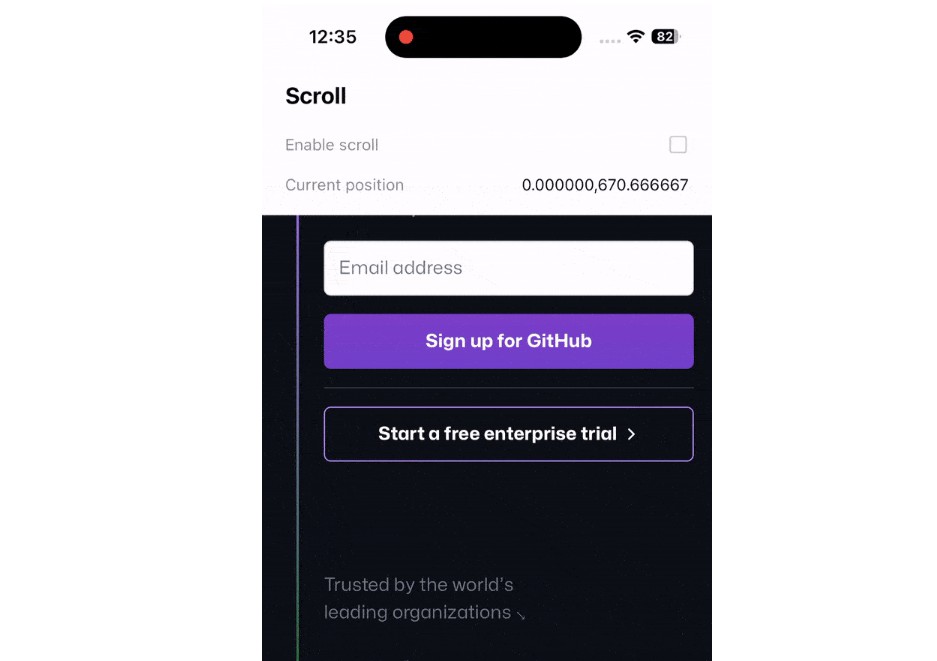About ScrollKit
ScrollKit is a SwiftUI library that adds powerful scrolling features to SwiftUI, such as offset tracking and sticky scroll header views.
ScrollKit has a ScrollViewWithOffset that provides you with the scroll view offset as it’s scrolled, a ScrollViewWithStickyHeader that pins the header view to the top as it is scrolled below the navigation bar and a ScrollViewHeader that automatically stretches out when the scroll view is pulled down.
The result can look like this, or completely different:
The scroll views are designed to be easy to use, and basically just add more properties to the standard SwiftUI ScrollView. They can be used on all Apple platforms, including iOS, macOS, tvOS and watchOS.
Installation
ScrollKit can be installed with the Swift Package Manager:
https://github.com/danielsaidi/ScrollKit.git
or with CocoaPods:
pod DSScrollKit
Supported Platforms
ScrollKit supports iOS 14, macOS 11, tvOS 14 and watchOS 7.
Getting started
The online documentation has a getting started guide to help you get started with ScrollKit.
To track the scroll offset, you can use a ScrollViewWithOffset instead of a regular ScrollView:
struct MyView: View {
@State
private var offset = CGPoint.zero
func handleOffset(_ scrollOffset: CGPoint) {
self.offset = scrollOffset
}
var body: some View {
ScrollViewWithOffset(onScroll: handleOffset) {
// Add your scroll view content here as regular
}
}
}
You can then use this offset in any way you like, to for instance fade in a navigation bar title.
To create a scroll view with a sticky header, just create a ScrollViewWithStickyHeader and provide it with a header view and header height:
struct MyView: View {
@State
private var offset = CGPoint.zero
@State
private var visibleRatio = CGFloat.zero
func handleOffset(_ scrollOffset: CGPoint, visibleHeaderRatio: CGFloat) {
self.offset = scrollOffset
self.visible = visibleHeaderRatio
}
func header() -> some View {
ZStack(alignment: .bottomLeading) {
Color.blue
Color.yellow.opacity(visibleRatio) // Fades in
}
}
var body: some View {
ScrollViewWithStickyHeader(
header: header,
headerHeight: 250,
onScroll: handleOffset
) {
// Add your scroll view content here as regular
}
}
}
The header visible ratio is based on the header height and scroll view offset and lets you adjust your content as the header is scrolled under the navigation bar.
Documentation
The online documentation contains more information, code examples, etc., and makes it easy to overview the various parts of the library.
Demo Application
This project contains a demo app that lets you explore ScrollKit on iOS and macOS. To run it, just open and run Demo/Demo.xcodeproj.
Support
You can sponsor this project on GitHub Sponsors or get in touch for paid support.
Contact
Feel free to reach out if you have questions or if you want to contribute in any way:
- E-mail: [email protected]
- Twitter: @danielsaidi
- Web site: danielsaidi.com
License
ScrollKit is available under the MIT license. See the LICENSE file for more info.











